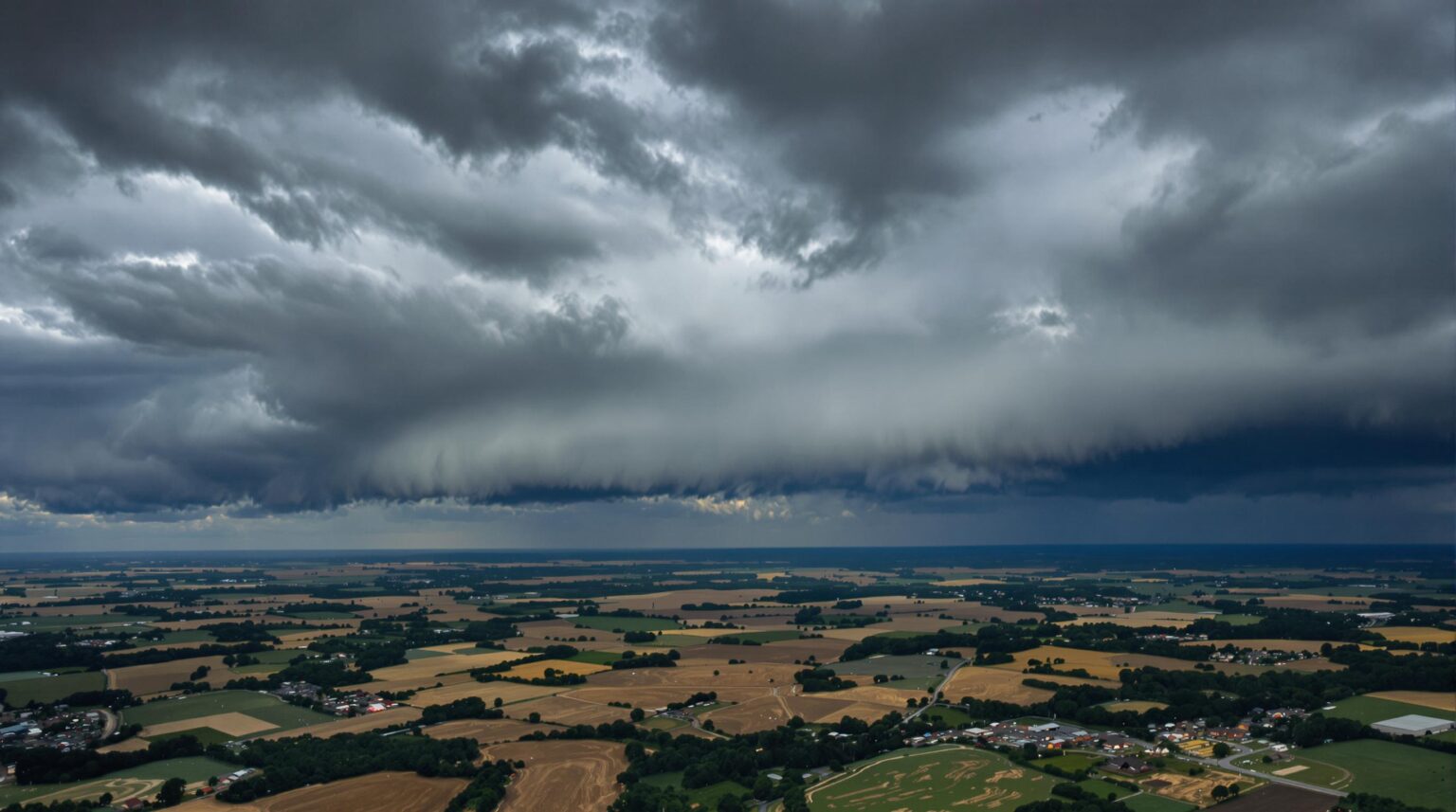Storm Strikes Across the U.S.
A formidable weather system unleashed devastation across large parts of the United States, affecting over 100 million individuals with fierce winds, blizzards, fires, and tornadoes. The National Weather Service flagged this storm as a potential ‘bomb cyclone’ with substantially dropping atmospheric pressure. The storm began its rampage on a Friday, settling over southern and central states before carving a path eastwards toward the Eastern Seaboard.
Rescue efforts intensified as the violent storm left behind a trail of destruction. In States such as Missouri and Alabama, fierce tornadoes descended with impactful severity. According to the National Weather Service, the St. Louis area alone experienced at least three confirmed tornadoes. In Missouri’s Wayne County, the loss of life was particularly acute with a dozen fatalities reported. Mississippi Governor Tate Reeves declared a statewide emergency, reporting multiple deaths and missing persons as the storm expanded its reach.
“It was a very rough deal last night… It’s really disturbing for what happened to the people, the casualties last night.” – Dakota Henderson, Missouri resident
Severe Weather Warnings and Discussions
Emergency declarations spanned states like Mississippi, Arkansas, and Georgia, with tornado watches lingering over regions such as the Carolinas, Georgia, and northern Florida. Alabama Governor Kay Ivey indicated significant police reporting of damage across 52 counties, expressing gratitude for those who found protection in robust shelters despite enduring heavy damage.
Official forecasts elicited from multiple sources predicted that the storm system’s exceptional ferocity would trigger hundreds of high-wind incidents as gusts approached a formidable 80 mph. The predicted severe weather encompassed a span of nearly 1 million square miles and affected critical infrastructure, leading to extensive power outages that incapacitated exploration by over 250,000 households. The specter of the storm prompted alterations to major public events, such as advancements in tee times at The Players Championship in Ponte Vedra Beach.
Severe wildfires fueled by harsh winds, dry lands, and cratering humidity affected regions in Texas and Oklahoma, designated an “extremely critical” fire risk by the FOX Forecast Center.
Preparation and Impact
Forecasters cautioned of further climatic upheaval as the storm system progressed eastward. Many states remained on high alert due to potential flooding from intense rainfall, a continuing threat to infrastructure and transportation networks. Homeowners and local communities rushed to watch for alerts as emergency services closely monitored conditions susceptible to further destabilization.
The joining of powerful weather elements, such as the jet stream, exacerbated the cyclone’s power, said meteorologists, spurring a ferocity that has warranted the storm’s place as one of the most severe in recent history. Understandably, this environment has stimulated macro-scale emergency responses, with state officials maintaining a vigilant stance while managing direct and collateral impacts.
Moreover, weather experts reported a convergence of high-risk elements, including extremely dry lands conducive to fire spread alongside a rapid succession of storms and secondary threats emerging with evolving climatic reactions.
This deadly weather phenomenon spiraled into a national emergency, highlighting vulnerabilities in disaster preparedness and response across a variety of climates.
City and state officials coordinated to strategize relief allocation efficiently, applying existing frameworks programmed for large-scale emergencies. Yet, as widespread as these efforts are, they underscore a human toll that barriers are not always adequate against the forces of nature, suggesting avenues for improved future reactivity.
This torrential event culminates into a broader contemplation on climate unpredictability’s expanding dimensions and the extent of infrastructural resilience. It demands revisiting risk management systems and a holistic public policy approach to future-proof against recurring climatic onslaughts.


